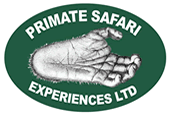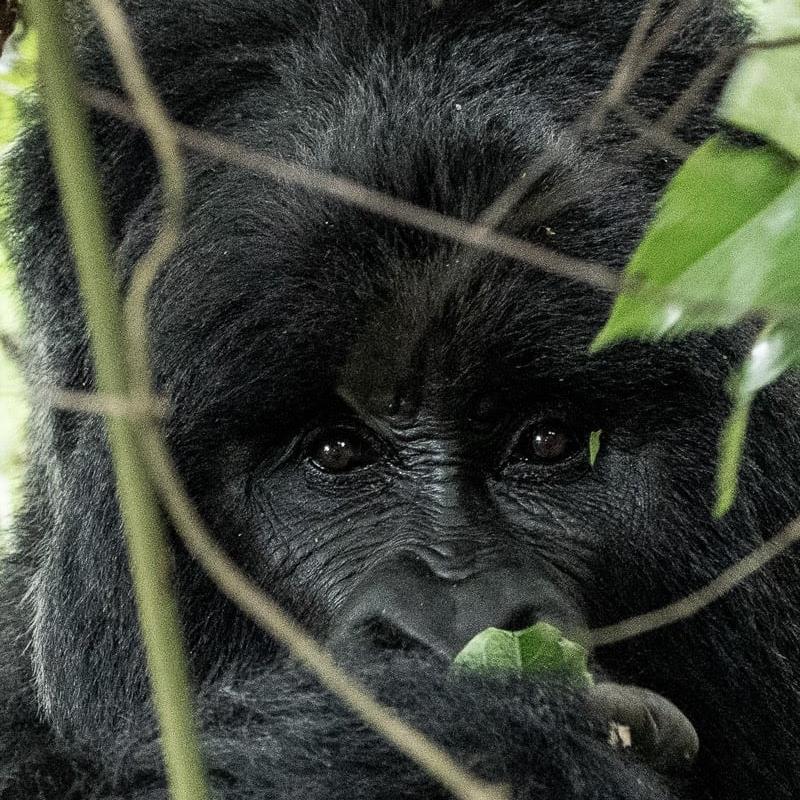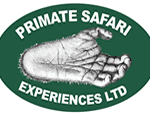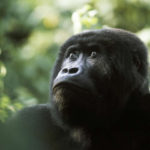Rwanda has a good weather throughout the year but the dry season is more preferable. The weather is generally good in addition wildlife viewing is also more common during this time. For tourists interested in visiting gorillas this is also the best time for gorilla tours since there is a minimal chance of rain during the trek and a good hiking terrain in the rainforest. We still suggest your waterproof clothing even during these drier months, as this Equatorial climate is very unpredictable. This period is also a peak season; hence the prices can be higher on things like accommodation, car hire etc.
On the other hand, some travelers especially those on budget like visiting in the wet season. During this season, hotels have low occupancy and hence give travelers discounted food and sleeping services which is an added advantage. Also, there is low demand for gorilla permits which guarantee visitors a chance to see these endangered species with no competition.
Visiting Rwanda for gorilla tracking can be done all year round. The best time to travel to Rwanda is during the drier seasons, periods between December to early March and June to September. December to March is a long dry season for Rwanda, with temperatures going up to 29 degrees Celsius for some days while the months of March to Mid-May, July to September, on the other hand, are regarded as the rainy in the country.
Best Time for Gorilla Trekking, Month by Month
January (peak/dry season, best weather)
January lies in the region’s short dry period, meaning it is an incredible time for gorilla trekking in both countries and game viewing in Rwanda. The dry paths make driving the untarmacked roads to the gorillas and walking in the jungle effortless. Despite being one of the hottest months of the year, gorilla trekking in Volcanoes National Park is pleasant because of the cooler temperatures that dump down the heat at high altitudes.
There may be some rainfall because of the tropical weather, but it’s unlikely to affect your gorilla adventure and safari game activities. Therefore, January is one of the best months for gorilla trekking in Rwanda; it falls within the peak season when most travellers flock to these safari holiday destinations. January is also the best time to combine the exceptional big five game drives in Serengeti and Masai Mara with gorilla trekking in Rwanda.
February (peak/dry season, best weather)
Although February is part of the dry season, we begin to see a drop in the number of travellers during the month. As with January, February is the best time for gorilla trekking, bird watching, taking game drives to view the savannah animals before the March rains disperse them.
As the month fades into the end of the dry season, Rwanda’s vegetation will become light. Therefore, it will be less challenging to spot wildlife as they start to gather around the barely remaining waterholes. Therefore, February is the best time for gorilla trekking and game viewing safari in Rwanda, Masai Mara, Serengeti and Ngorongoro. Also, it is calving time in the southern Serengeti and an ideal time to see predators in action.
March (low/wet season, bad weather)
March marks the start of a three-month-long low travel season and the beginning of the wet season across the region. However, this does not mean that gorilla trekking is entirely off-limits.
Although safari adventure activities across East Africa are at their optimum during this time, some travellers find this time still favourable for gorilla trekking because the month lies outside of the high season when travel prices are likely to be lower. There will be plenty of availability at a wide selection of lodges, and also, there’s plenty of availability for gorilla permits during this time.
Even though it’s during the wet season, it’s unlikely to rain for more than two hours a day before skies brighten up for cool, relaxing weather during your adventure. Travelling with waterproofing can save you from drenching, and you will still have plenty of time to relax at your safari lodge.
April & May (low/wet season, worst weather)
The extended downpours of March and April continue into May, disrupting walking adventures. We consider April & May to be the worst time for gorilla trekking and game viewing.
However, if you’re not too anxious about walking under the rain in the thick gorilla jungles, it can be a delightful time to explore the region’s dazzling landscapes. During this time, the beautifully terraced rugged slopes will be lush and verdant after long rainy periods creating charming backdrops for photography. Besides, gorilla permits are widely available, and you’ll get the best offers on accommodation during this time.
A combination of Serengeti, Mara or Rwanda’s savannah parks with gorilla trekking is reasonably good. Game viewing is relatively possible because the rains are usually light-short showers in the afternoon and beautiful green scenery.
June & July (peak/dry season, best weather)
June is the start of the peak safari season in Rwanda that extends into September, but June & July have the best weather for gorilla trekking in both countries ( Uganda, Congo and Rwanda). There will be little to no rainfall during that time, making the trek to find gorillas manageable for most travellers. As its peak season, gorilla trekking costs will be higher, and you’ll need to book permits well in advance.
However, unlike other African destinations, a safari holiday in Rwanda in the peak season rarely feels busy or overcrowded, allowing you intimate, wild encounters and extraordinary experiences. Gorilla trekking excursions are highly controlled to not more than eight people per gorilla group, allowing personal connection during your precious one hour with the gorillas. Some boutique safari lodges may fill up fast during this time, so book months earlier to secure your room.
Being the first month after the rainy season, June still enjoys leafy landscapes, so it can be a great time to travel if you want to combine the gorilla adventure with game viewing and scenery photography.
Suppose you have more time on your safari holiday. In that case, the dry season of July to October is the best time for combining a gorilla trekking adventure with big-game viewing or wildebeest migration in Masai Mara and Serengeti.
Conclusion
The decision on when to go for gorilla trekking rests entirely with the client taking into consideration time constraints, budget, overall fitness, convenience and many of the things discussed above.



